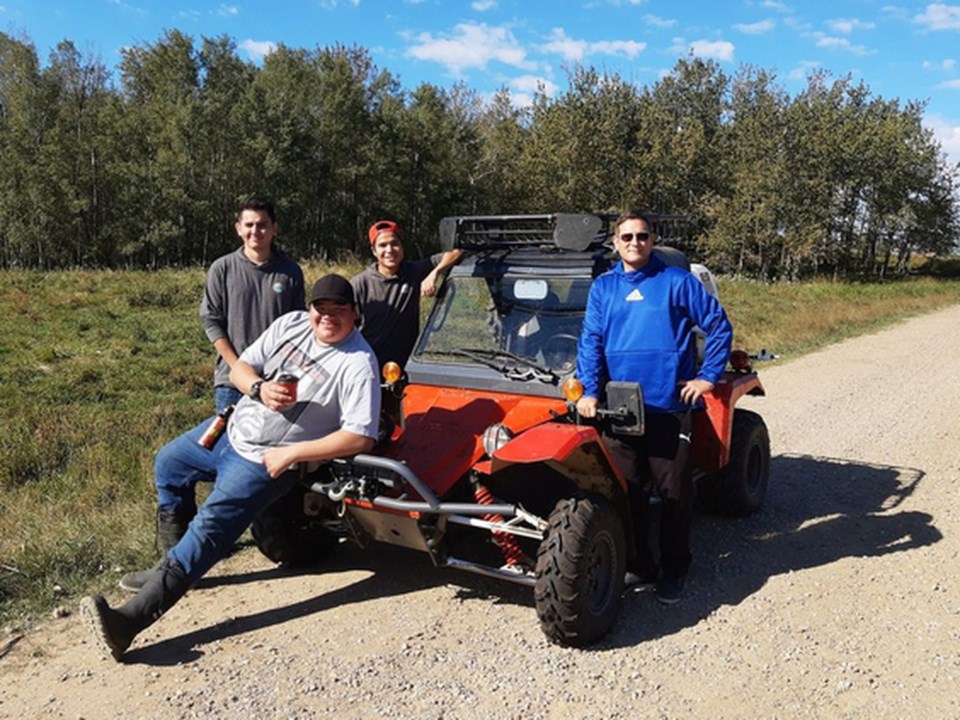Daryl Wright grabbed a machete and hacked at a wall of an invasive reed called phragmites growing as high as 15 feet.
The job was one of the highlights of his summer since completing his Master’s thesis on invasive plants on Indigenous lands. Taking a machete to the overgrown reeds was part of Wright’s work at his startup, Seed 2 Leaf Environmental Consulting Inc., where he works with First Nations to contain invasive species.
In his thesis, he “discovered that a lot of First Nations — if not all of them in Saskatchewan — don’t have a management plan or way of identifying and addressing (the plants) properly,” said Wright, who is a member of Muscowpetung Saulteaux Nation and lives in Cochin, about 180 kilometres northwest of Saskatoon.
When he wrote his thesis on the subject, he found the province would delegate resources to rural municipalities to address invasive species. That allowed them to hire weed inspectors, or access programs providing chemicals or tools to address invasive species.
“That just hasn’t really happened in First Nations,” who deal with the federal government and not the province, he said.
He started Seed 2 Leaf in 2017 to address that. His idea was that communities could decide how they would address invasive species and he would support them through the process, offering employment and training for youth looking to cover their tuition with a summer job.
A vital part of the process was a community deciding on its course of action. Otherwise, it could typically be the case for “an outside company to come in, dump a bunch of herbicide on (the plants) and tell you it’s better for the environment,” he said.
While herbicides may be an option, Wright said other choices could include assessing what the species adds to the ecosystem. Alternatively, it could mean introducing plant like Saskatoon berry that would change the vegetation mix on a First Nation’s roadways and fight the invasive species choking the area.
The results of unchecked species spread were visible on the Sweetgrass First Nation. When he sold a lawnmower there in May, he noticed the most Common Tansy, an invasive plant notable for its bright yellow flower, he’d ever seen in his life, Wright said.
He contacted a band councillor and set to work controlling the spread. By this winter, he hopes to hold meetings with the community to decide on next steps.
The process of bringing the community together to find a solution is rewarding, Wright said. He sees it as a chance to work with youth who are “disengaged or pessimistic about the future,” he added.
“Every time I see a roadside of invasive weeds, I see it as an opportunity to engage with people and make a difference.”



